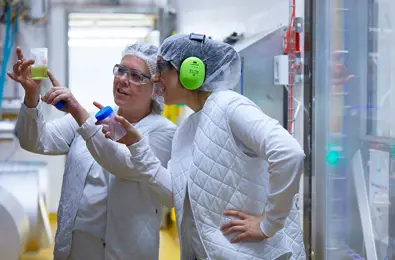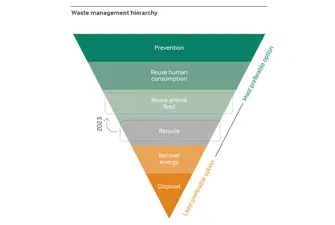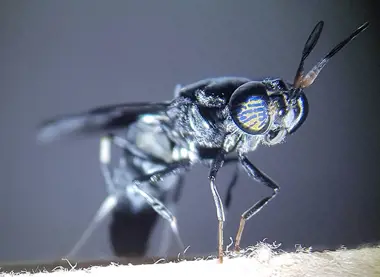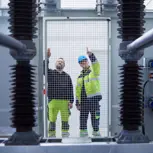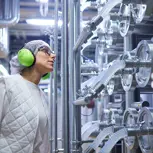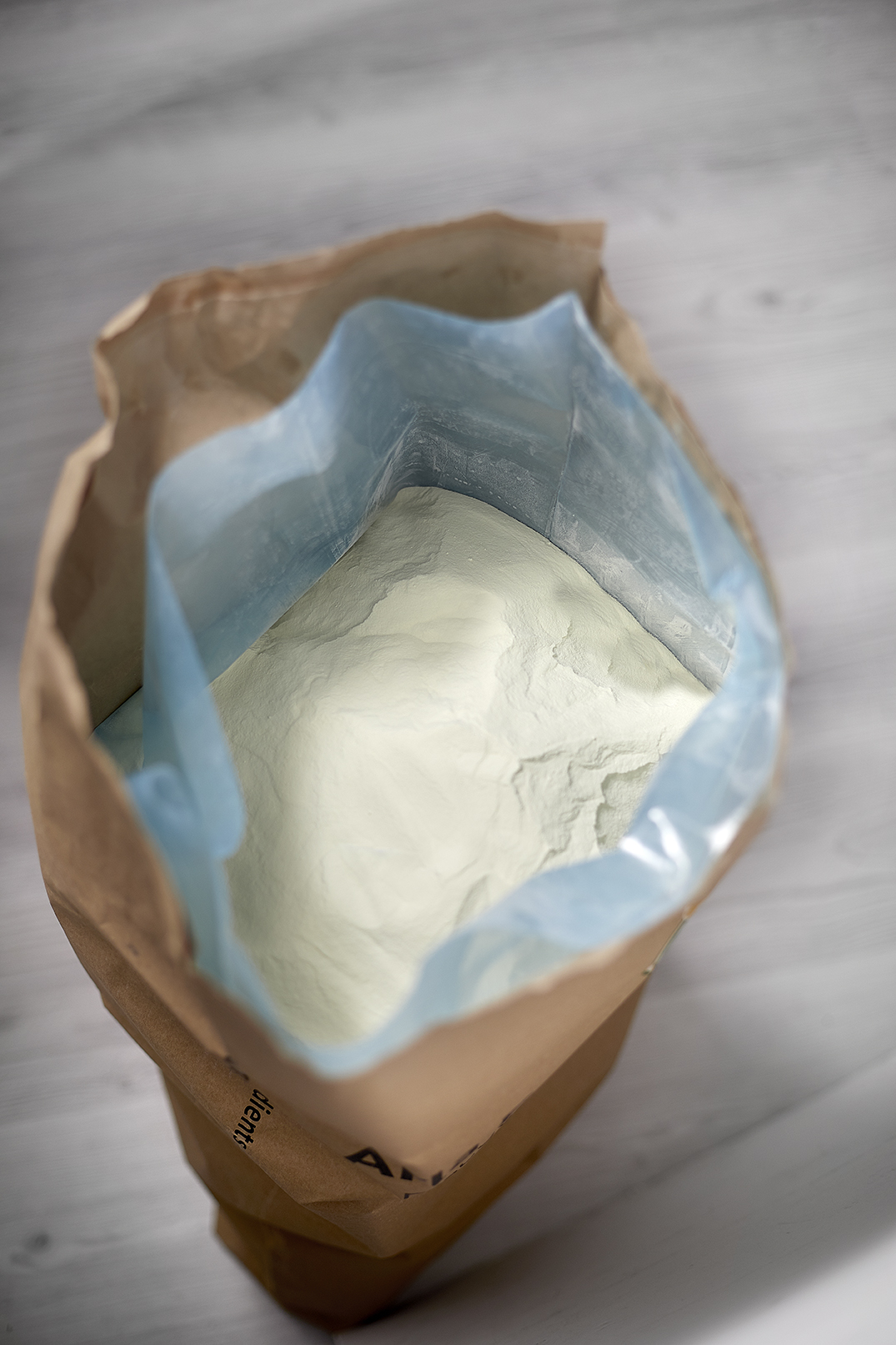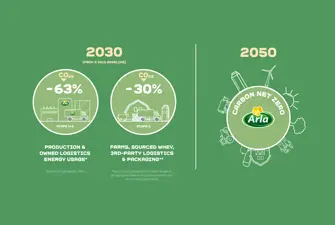Minimising food waste
Our business is founded on utilising whey side streams from cheese production. In our research and development, we continue to explore new ways to make the best possible use of our raw materials.
But we are not yet able to avoid all food waste. Some components remain a challenge to repurpose, while others may be lost in wastewater.
We are taking strong actions to improve and are committed to the Arla Group goal to reduce food waste at processing level by 50% from 2015 to 2030.

